The problem with plastic
Plastic is everywhere. It’s useful and convenient, but it’s also a massive pollution problem. Wildlife becomes caught in discarded plastic and microplastics are eaten by ocean creatures.
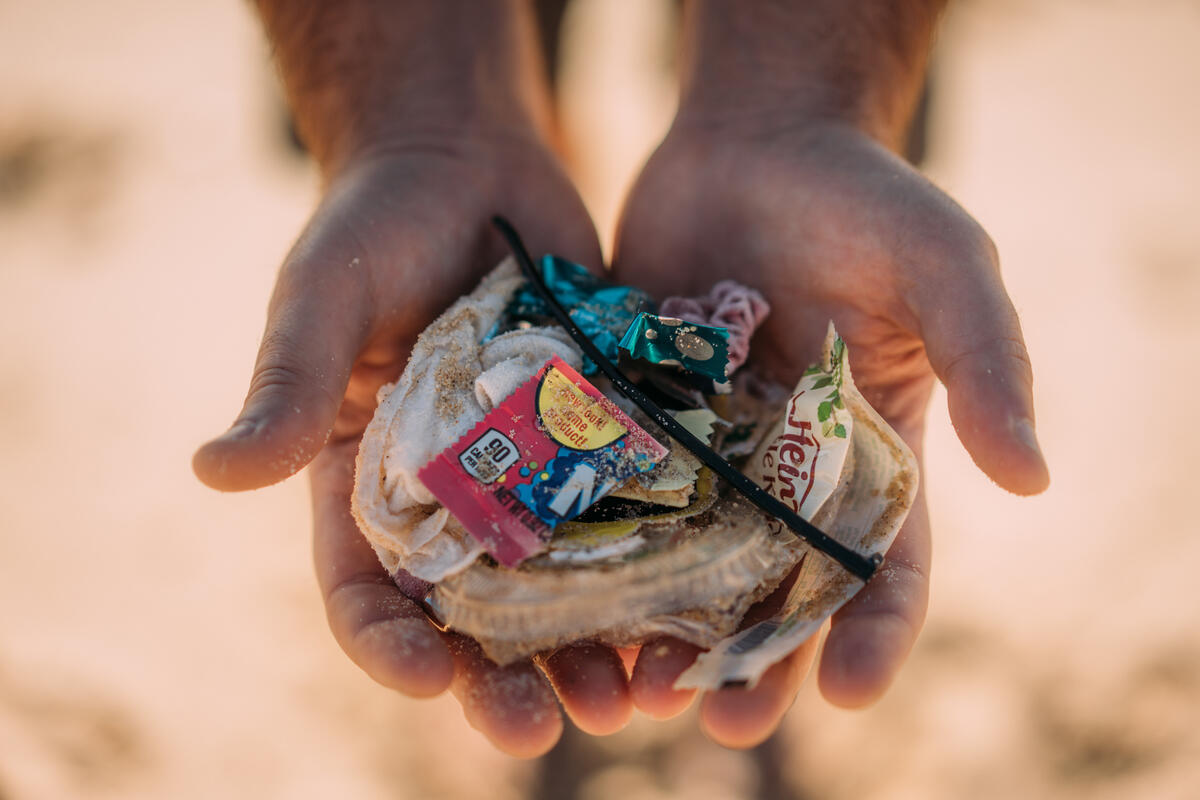
Plastic is incredibly versatile and long-lasting, finding its way into every corner of our lives. But the very qualities that make plastic so useful also make it a huge problem. Single-use plastic products (SUPs) are designed to be thrown away after one use. Most end up in landfills, incinerators, or the environment, where they persist for centuries.
How is Malaysia addressing the plastic problem?
The Malaysian government has formulated The Roadmap to Zero Single Use Plastic 2030 and plastic straws were banned in Kuala Lumpur, Putrajaya and Labuan from 1 January 2019, but, the lack of implementation and enforcement has proven ineffective. There needs to be a national commitment on this. All states have to comply with the single-use plastic ban, or else there will be no change.
Overall, the government’s plans include false solutions like chemical recycling, Waste-to-Energy, and biodegradable plastics are prioritised, delaying real action. The focus must shift from blaming individuals to holding businesses responsible for overproduction and promoting single-use plastics. There is also a lack of transparency and data on progress, leaving the true extent of plastic pollution and the effectiveness of these plans unclear.
The problem with a throwaway culture
Throwaway culture is a system where products, particularly single-use plastic, are designed to be used once and discarded. This has led to an explosion of plastic waste, overwhelming our environment and harming wildlife, human health, and communities. The overproduction of single-use plastic is not sustainable and perpetuates environmental damage.
Malaysia’s throwaway culture has led to significant plastic pollution, with citizens producing about 2.29 kg of plastic waste per person in 2019. This disposable mindset contributes to overflowing landfills and oceans, where single-use plastics frequently end up, causing harm to wildlife and contaminating our food supply with microplastics found in seafood.
We cannot solve this crisis by simply replacing plastic with another disposable material—such as paper or bioplastics—which can still cause harm in other ways. Instead, we should rejecting the throwaway culture to protect our natural resources and secure a healthier future for generations to come.
The problem with microplastic
Microplastics are tiny plastic particles that are less than 5 millimetres in size. These are dangerous because they can be ingested by marine life and other wildlife, entering the food chain and potentially affecting human health. The widespread presence of microplastics raises concerns about their long-term impact on both ecosystems and human health.
How can we reduce single-use plastic?
We’re just beginning to realise the scale of the problem, but fortunately the answer is simple: make and use less plastic. People around the world have come together to end plastic pollution, and it’s working.
Greenpeace supporters have challenged Dove to use less plastics. Supermarkets are starting to talk about what they need to do.
Of course, using less plastic isn’t easy for everyone. For some differently abled people for example, single-use plastic may be essential to their health or quality of life. Plastic products or reusable alternatives should still be available for those who need them. But we need to go much further to end the flow of plastics into our environment. Food and drink companies in particular need to slash the amount of unnecessary plastic packaging they use.
-
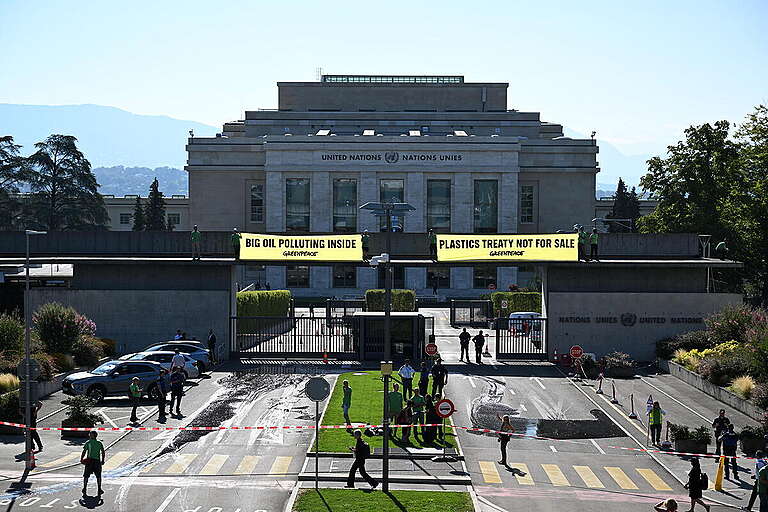
Still no Plastics Treaty: How the fossil fuel industry keeps polluting negotiations
It’s time for world leaders to confront the elephant in the UN Global Plastics Treaty negotiation room: Big Oil.
-
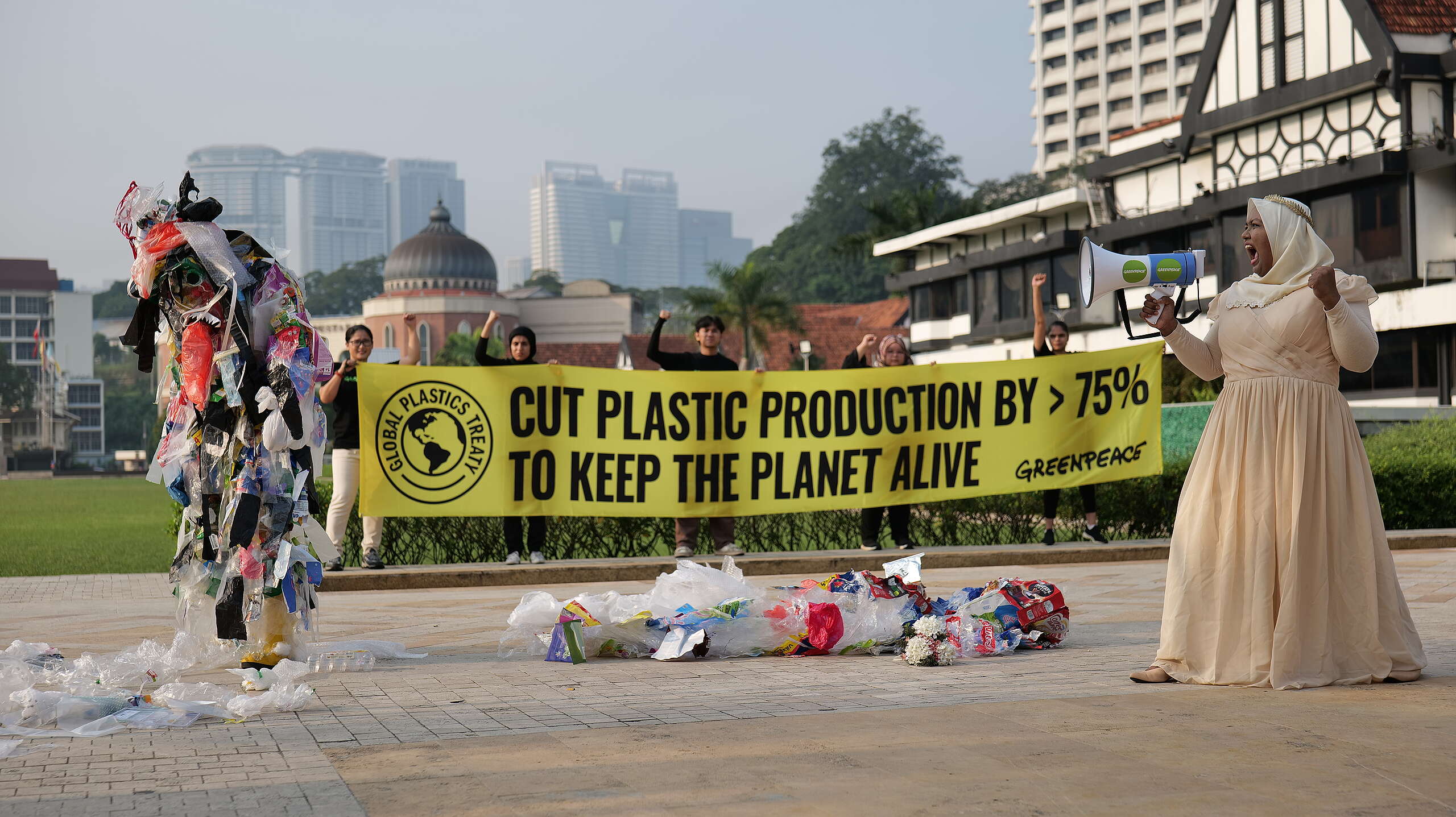
Malaysia’s support of the Global Plastics Treaty at INC5.2
We sent a letter to several ministers, including the acting National Resources and Environment and Sustainability Minister (NRES) Datuk Seri Johari Abdul Ghani on the 5th session of the Intergovernmental Negotiating Committee on Plastic Pollution (INC-5.2) this week with the hopes of landing a final deal, in Geneva, Switzerland.
-
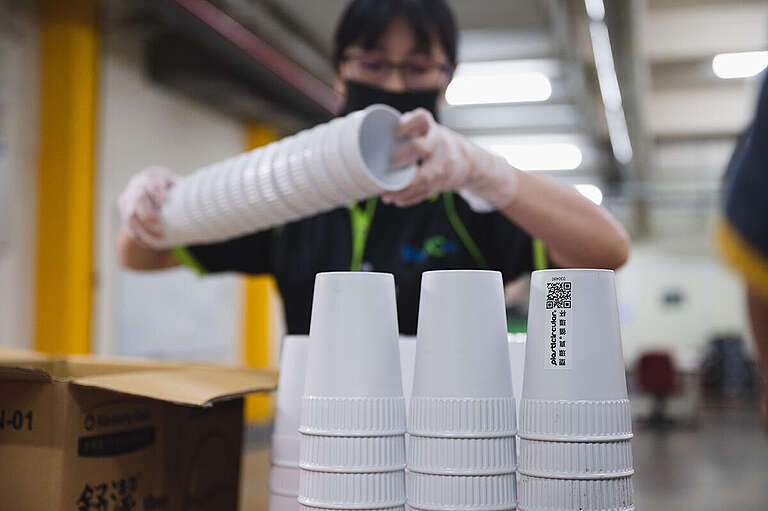
More businesses join the call for a strong UN Plastics Treaty, support global change
As the final scheduled UN Global Plastics Treaty negotiations approach, the voices supporting and calling for an ambitious Treaty are getting louder.
-
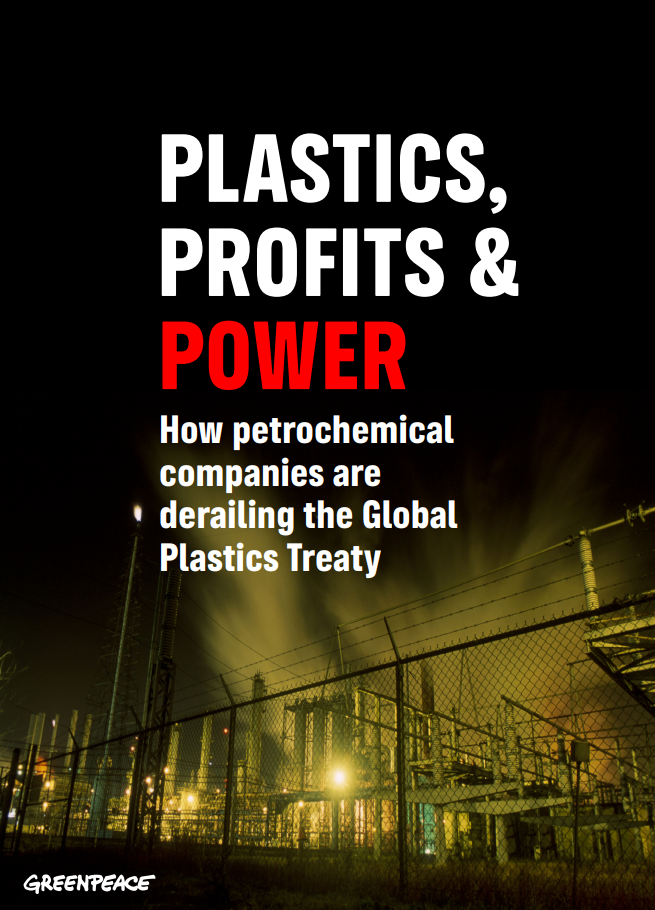
Plastics, profits and power
Plastics, Profits & Power exposes how fossil fuel and petrochemical companies are working to derail the Global Plastics Treaty, the world’s most ambitious effort to end plastic pollution.
Subscribe for updates
Together we are part of a growing, global movement determined to bring about the changes our planet desperately needs.
